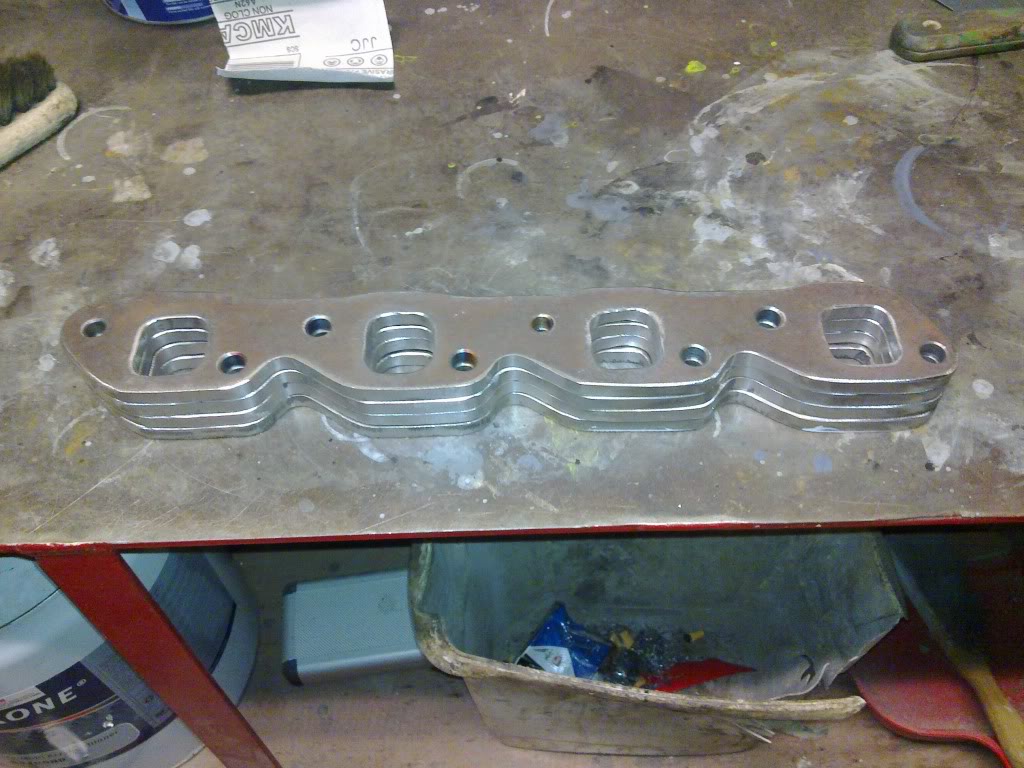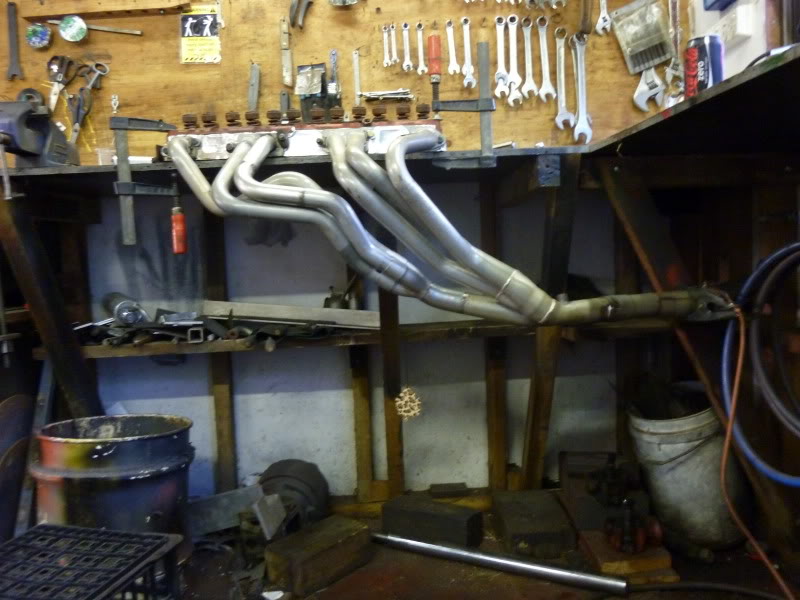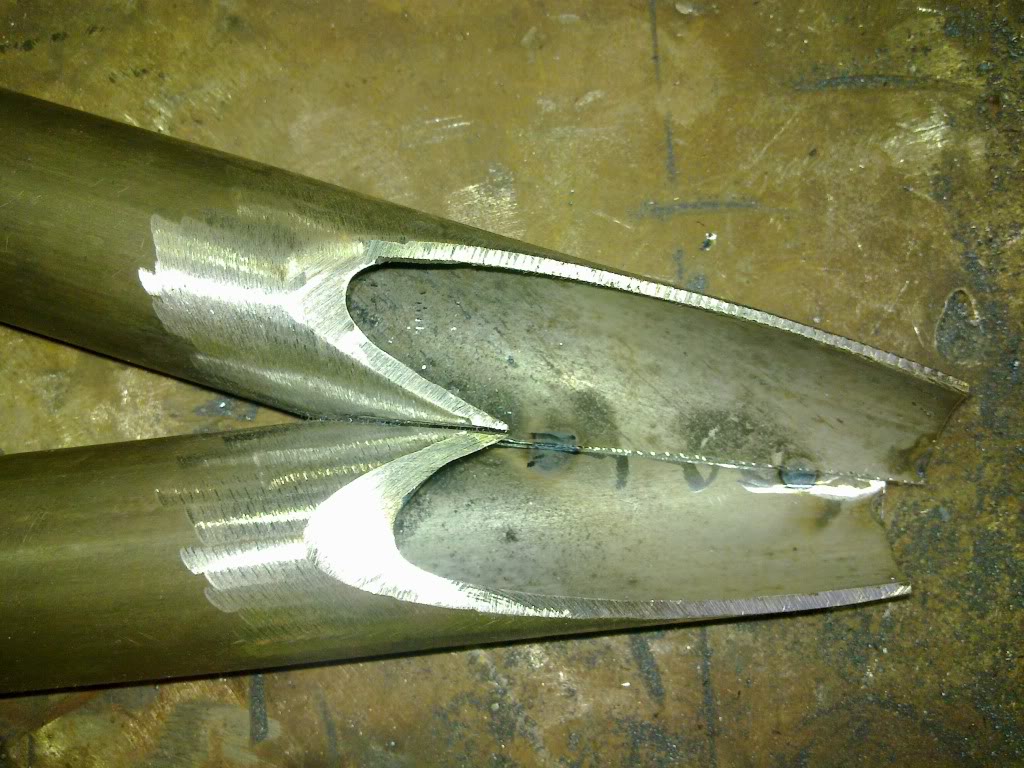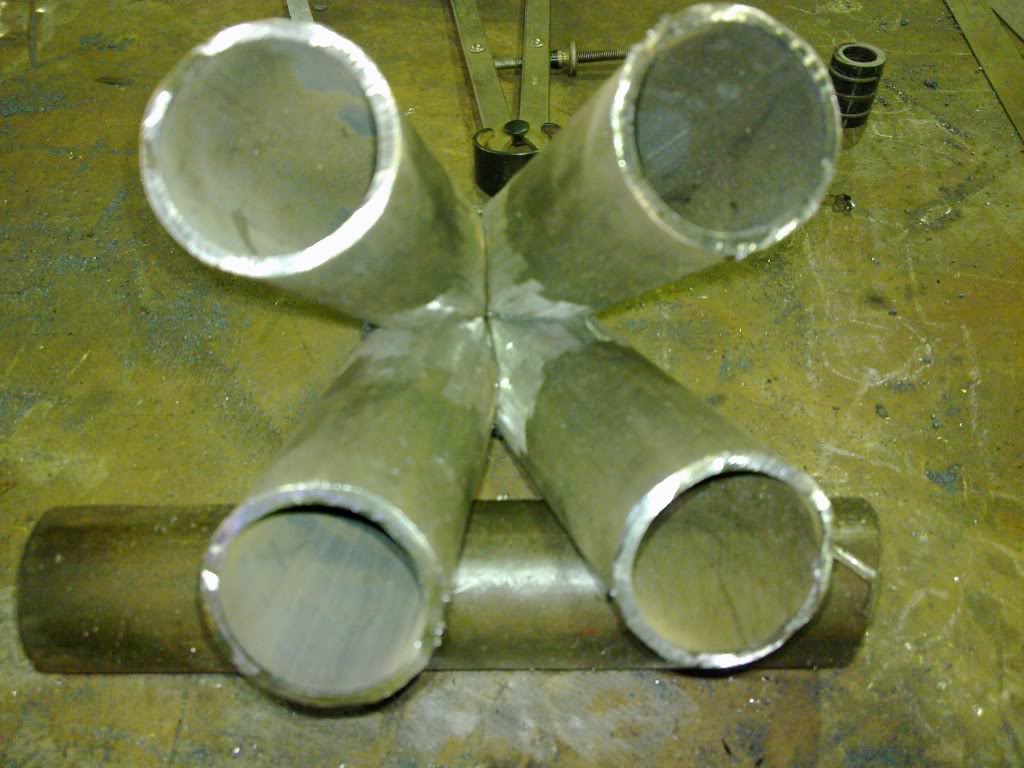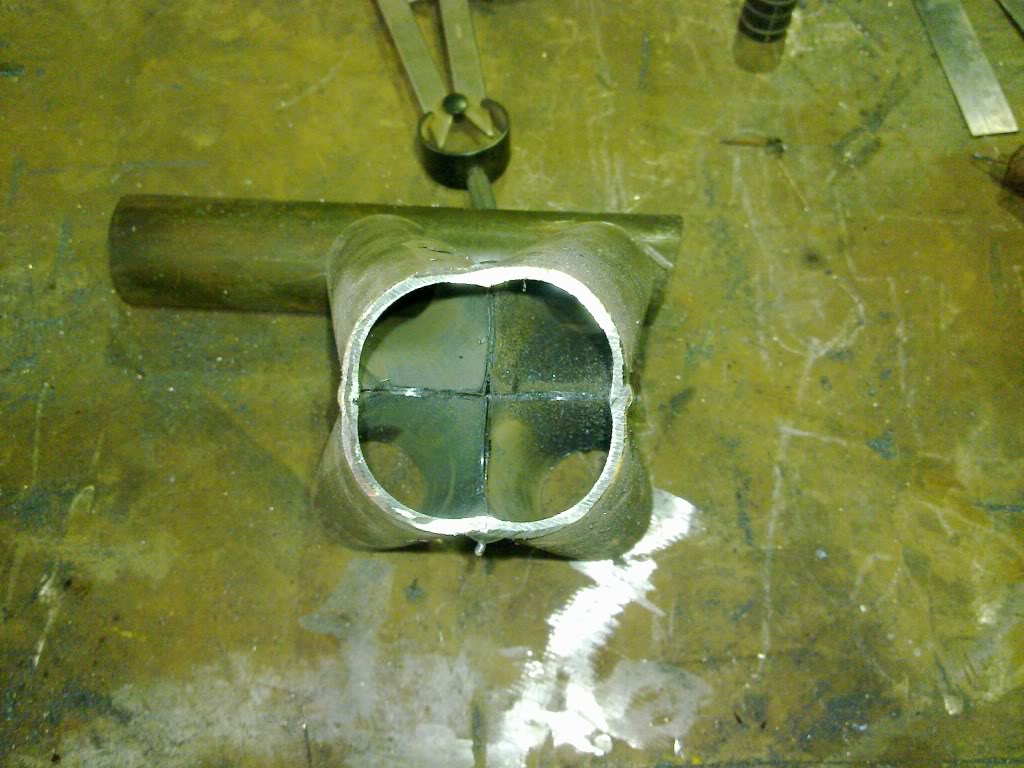Im in the process of building a set of 4 into 1 extractors with Mega Collectors.
To fit a 355 stroker with VN heads, in a LH. Heads have bigger valves, ported and flowed at 525HP. Cam crane solid F288. I�m hoping to make 500 Hp or just over at about 7000 -7200 RPM.
I need some help with the length of the primary pipes and the shape of the collectors.
I think 1 �� primary pipe and the length about 34 or 36 inch would be ok? Is this a good length to give me strong power from 4000 - 4500 and up ?
The shape of the collectors seems to be more important these days than the pipes ? The pictures below is what I had in mind. Is the tuned length to the point that all 4 pipes meet or at the end of the collector ?
I think the outlet of the collector should be 2 �� or 2 �� with a 3� transition up to 2 �� ??
All this meeting a single 3� Systems
I would like to keep all sizes as small as possible for this power outcome.
Any thoughts or criticism much appreciated.
Thanks
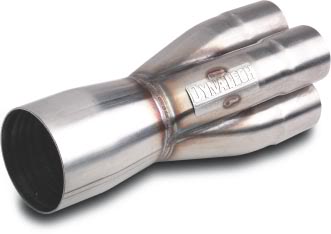
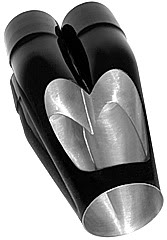





 View Garage
View Garage

